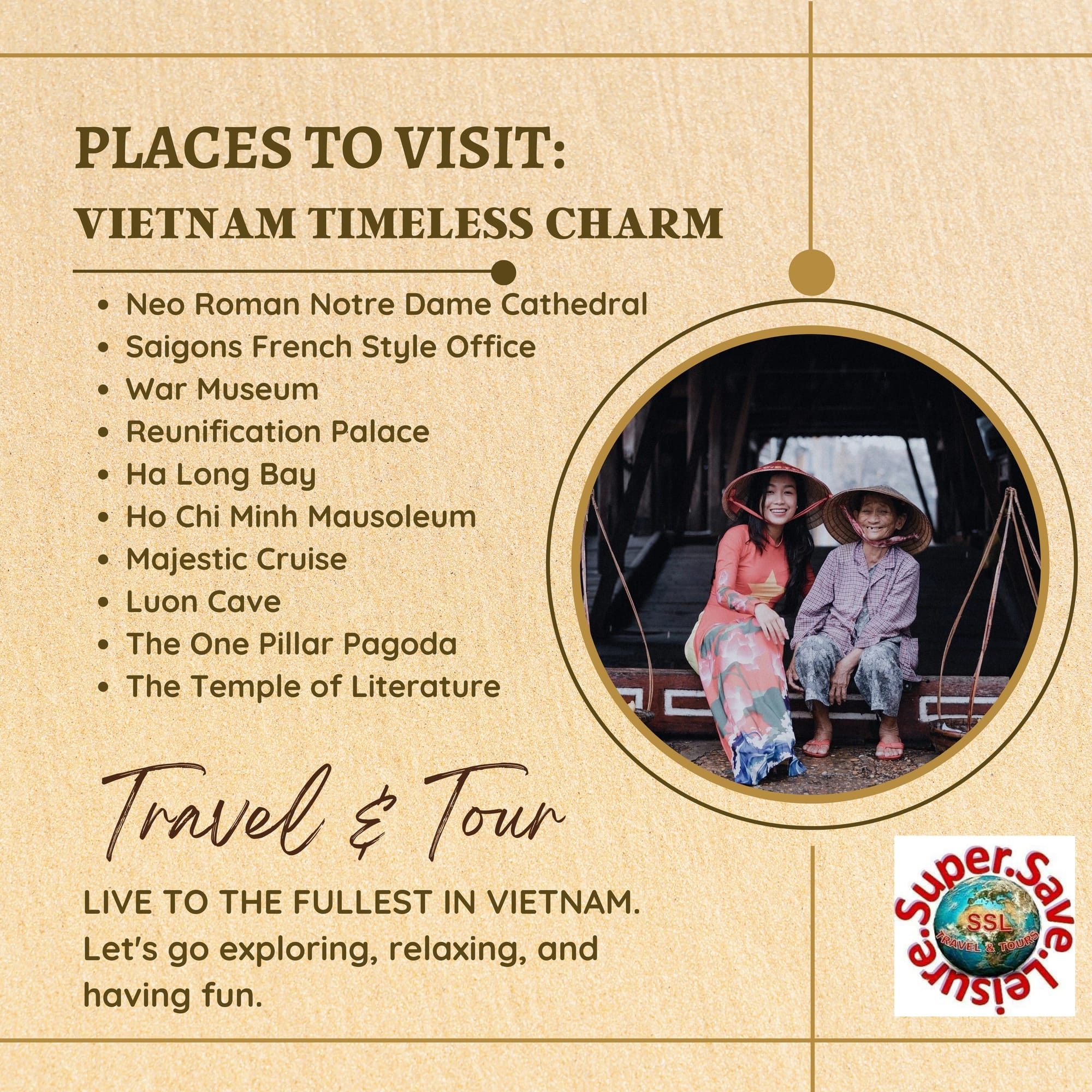
LIVE TO THE FULLEST IN VIETNAM Let's go exploring, relaxing, and having fun.
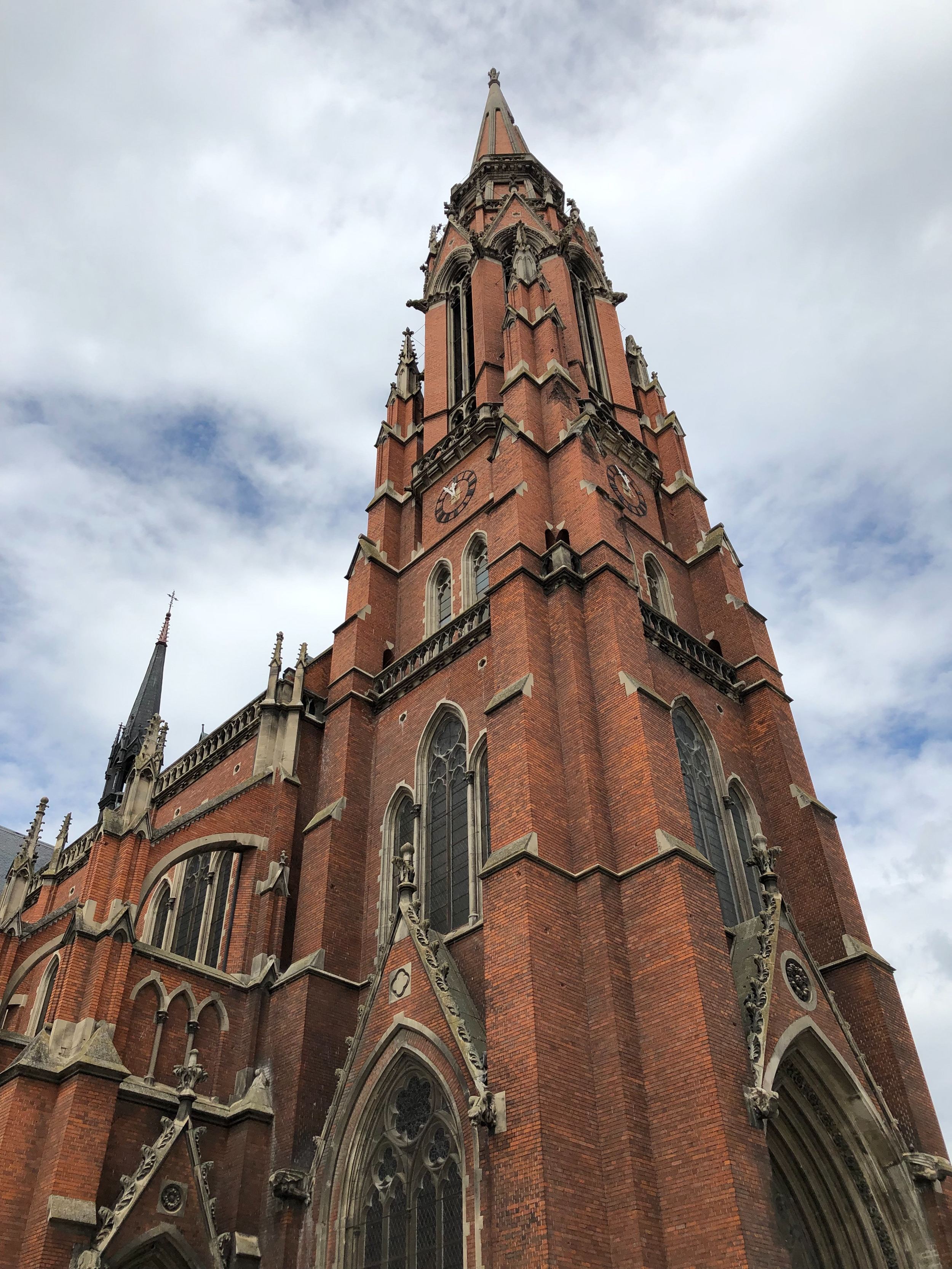
Neo Roman Notre Dame Cathedral
The cathedral boasts its honored status as a Basilica consecrated tens of years ago. In 1960, the Vatican founded a Roman Catholic diocese in Vietnam and assigned archbishops to Hanoi, Hue and Saigon. Notre-Dame cathedral was titled Saigon Chief Cathedral. Yet, in 1962, Vatican anointed the Saigon Chief Cathedral conferred it basilique in honor of the tri-cenetary of the Bishopric of Saigon.

Saigons French Style Office
Every morning, the Saigon Central Post Office opens up to throngs of people, inviting all the hustle and bustle of one of Southeast Asia’s busiest cities. Amidst all the chaos, it would be easy to miss the man who holds the true beating heart of the place, a steadfast presence in this building for over 75 years, and Vietnam’s last remaining public letter writer. His name is Mr. Ngo.
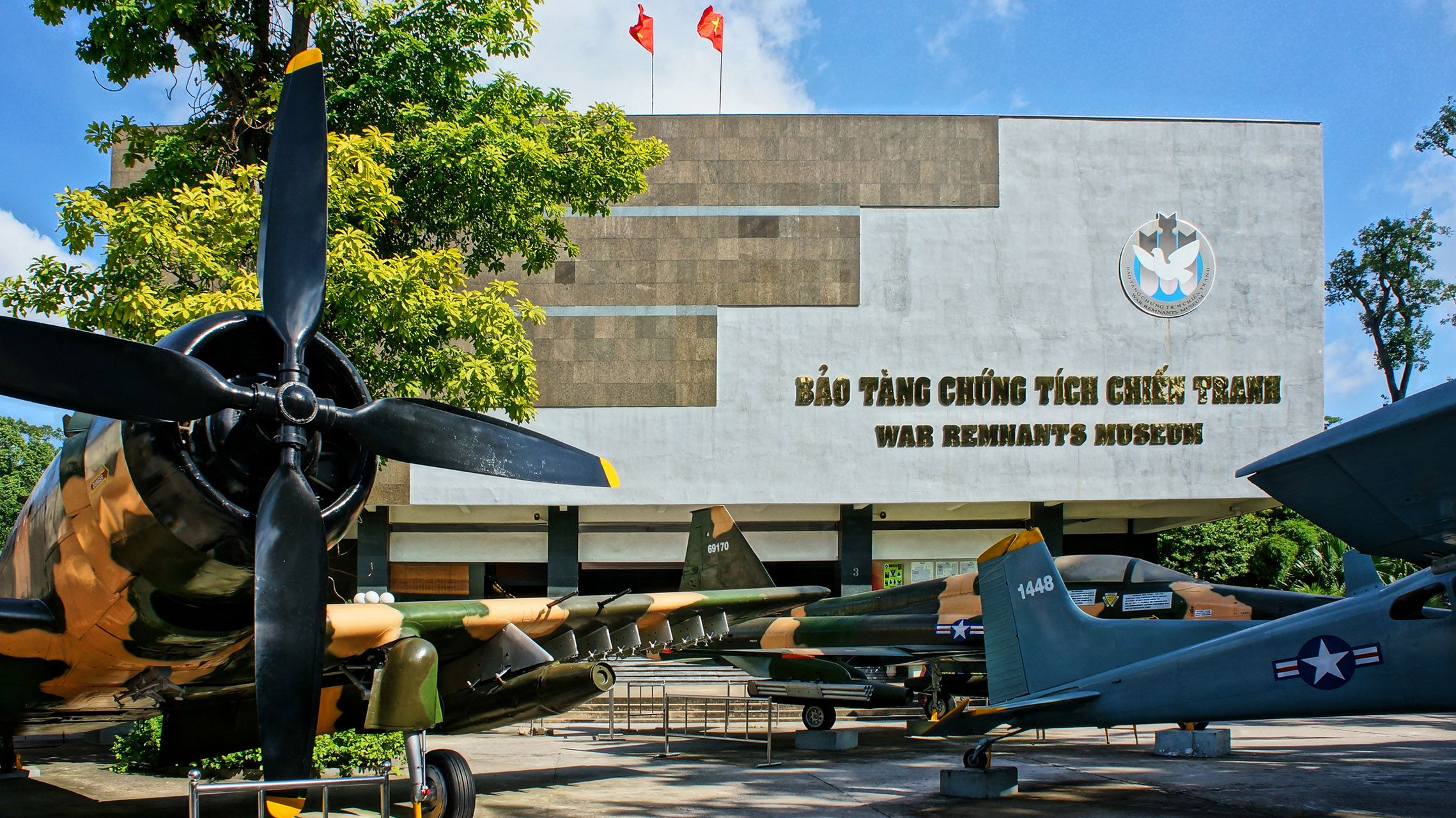
War Museum
One of the most popular museums of Vietnam, The War Museum is extremely well curated and very interesting. It's popular for being home to some of the harshest and brutal collection of item retrieved from the Vietnam war. This Vietnamese war museum is divided into three floors. The ground floor has a collection of photos, posters and documents depicting the war brutality including American soldiers holding heads of Vietnamese soldiers after killing them, the My Lai massacre, and the most important 'tiger cage' which was an imprisonment method used by Americans to torture prisoners at the Con Dao prison. The first and second floors are devoted to helicopters like the UH-1 Helicopter, tanks like the M-48 Patton tank and weapons like A-37 dragonfly attack bomber, and other guns and artillery pieces.
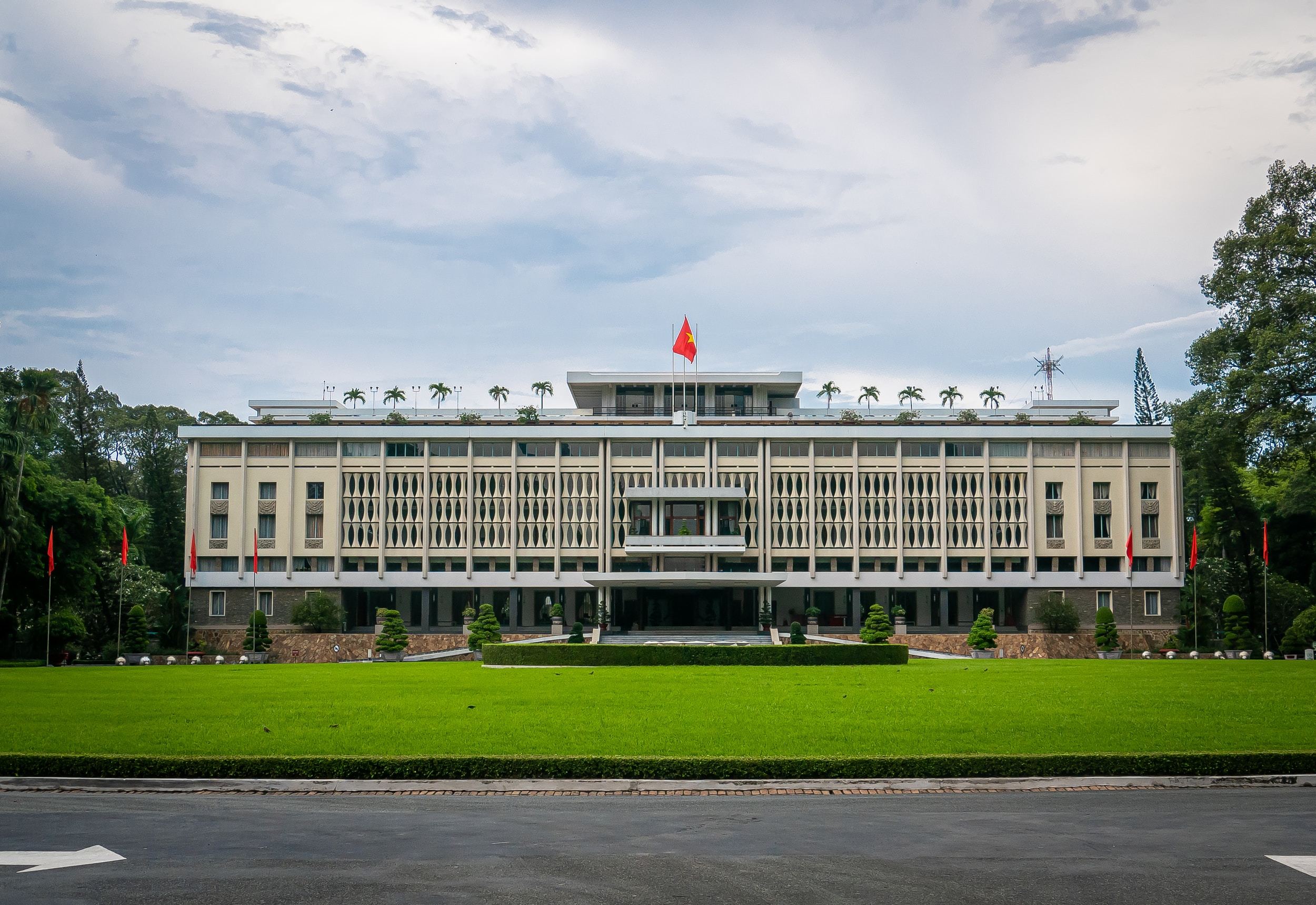
Reunification Palace
The Reunification Palace, formerly known as the Independence Palace, has had a rich and colourful history since its completion. This landmark, which made its name in world history in 1975, is also one of the most visited attractions in the city as it draws thousands of both domestic and international visitors on an annual basis.
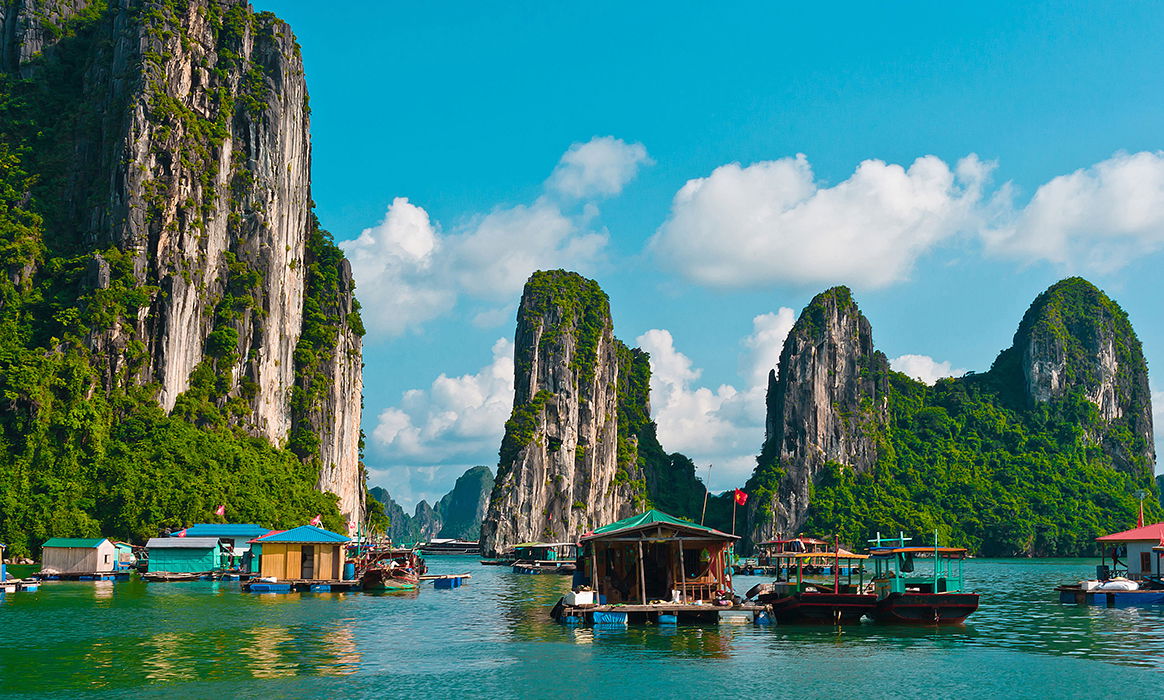
Ha Long Bay
Ha Long Bay, located in the Gulf of Tonkin, within Quang Ninh Province, in the northeast of Vietnam, is165 km from the capital of Ha Noi. Covering an area of 43,400 ha and including over 1600 islands and islets, most of which are uninhabitated and unaffected by humans, it forms a spectacular seascape of limestone pillars and is an ideal model of a mature Karst landscape developed during a warm and wet tropical climate. The property’s exceptional scenic beauty is complemented by its great biological interest.
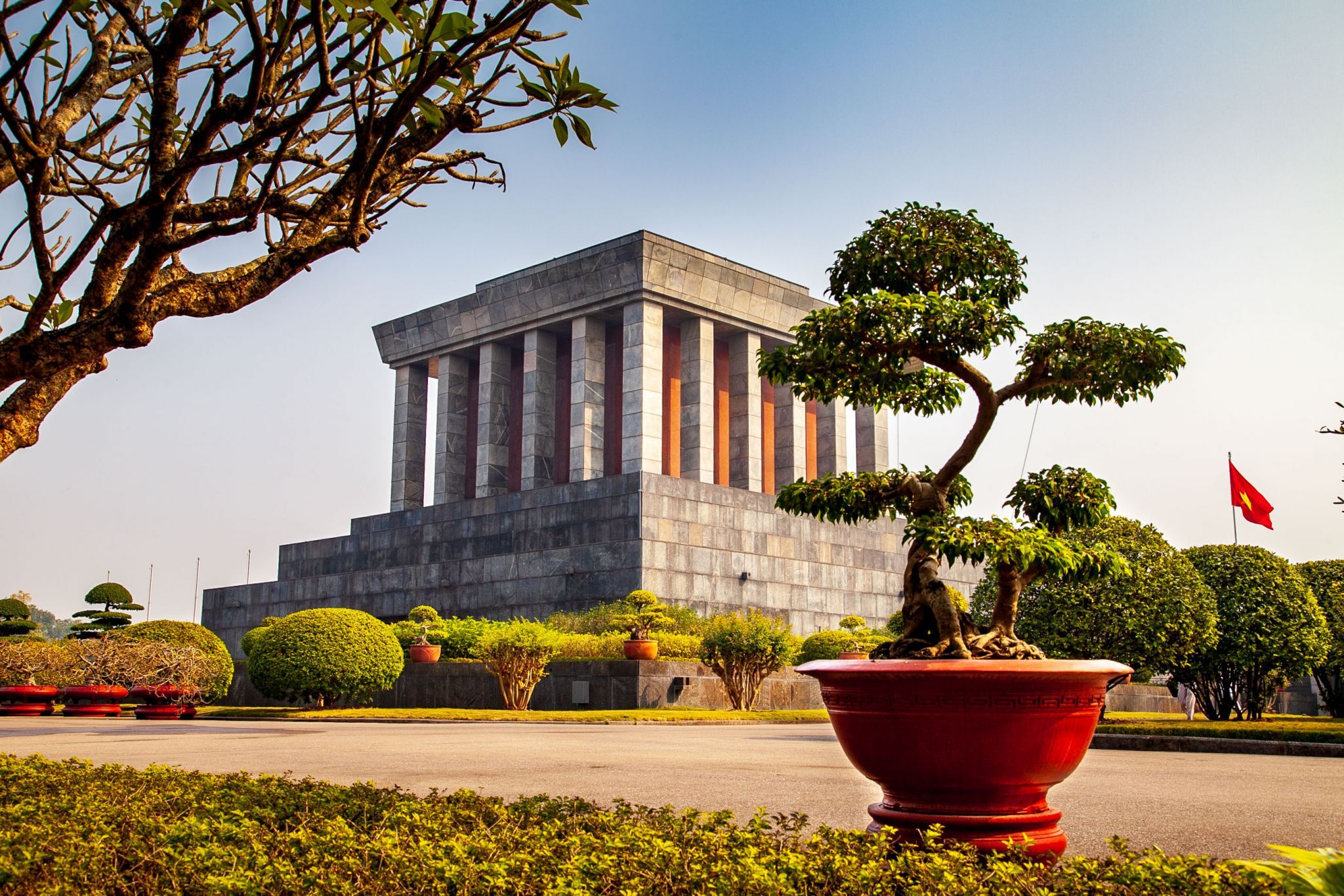
Ho Chi Minh Mausoleum
The Ho Chi Minh Mausoleum in Hanoi, Vietnam is a vast granite and red marble structure which houses the tomb of Ho Chi Minh, affectionately known by some Vietnamese as Uncle Hồ. The site on which the Ho Chi Minh Mausoleum is located was where Ho declared independence from the Japanese in 1945. However, this was followed by a war with the French, after which Vietnam was divided. Ho Chi Minh became the leader of the communist North Vietnam.Ho Chi Minh was still the President of North Vietnam during the Vietnam War, the notorious conflict between the USA and the North Vietnamese backed Vietcong which aimed to prevent the spread of communism. However, he died in on 2 September 1969, before the end of the war.
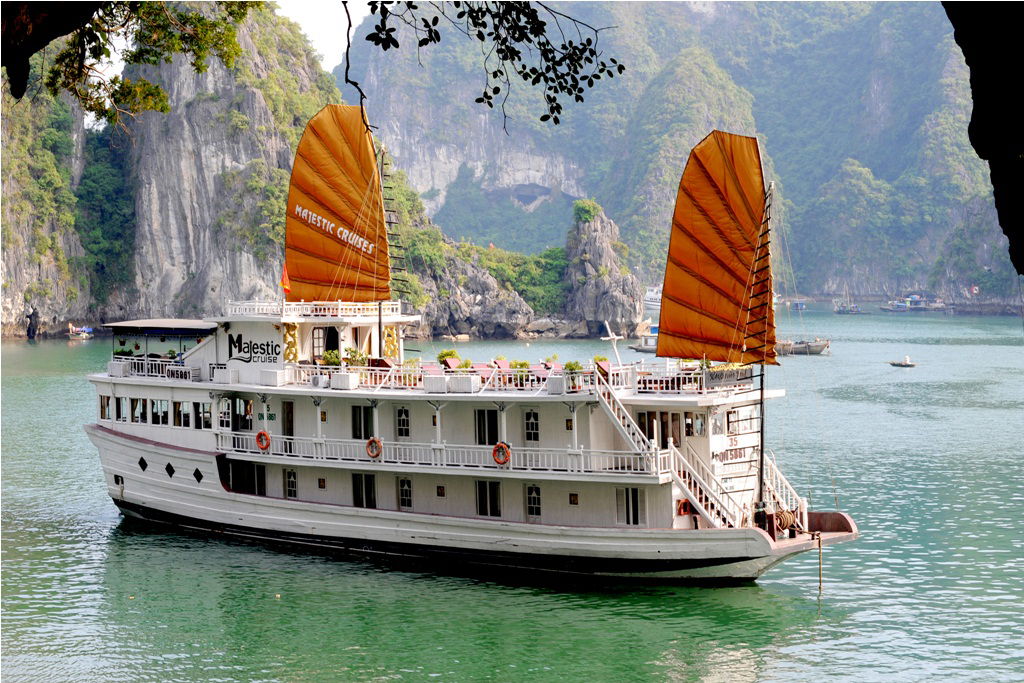
Majestic Cruise
Halong Bay, often known as "the bay where the dragon sinks into the sea," is a breathtaking landscape in the Tonkin Gulf. Our newly designed Majestic Ha Long cruise is the ideal way to enjoy the bay's natural splendor. The majestic Halong cruise blends elegance with superb comfort to suit the growing demand for luxury cruises in the bay. The greatest way to see the bay's natural beauty is onboard our newly built Majestic Ha Long cruise, which is designed to provide you with the best service possible.
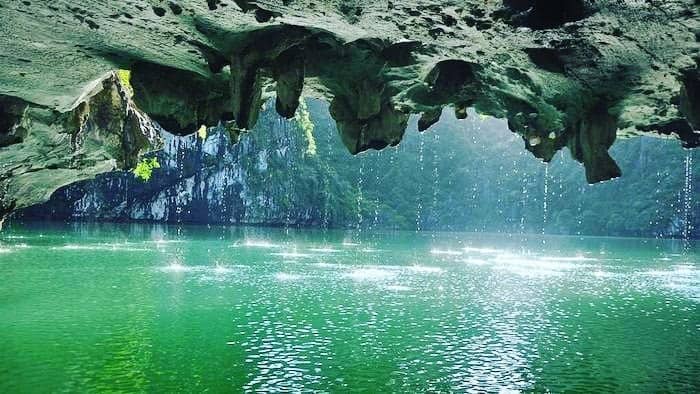
Luon Cave
This beautiful cave can be found on Bo Hon island which is located about 14 kilometers (8.5 miles) to the south of Bai Chay beach. Opposite the cave we find Con Rua islet and to the right of the island is the Sky Gate. It takes about 1 hour to reach Bo Hon island from Halong City (Doan pier).
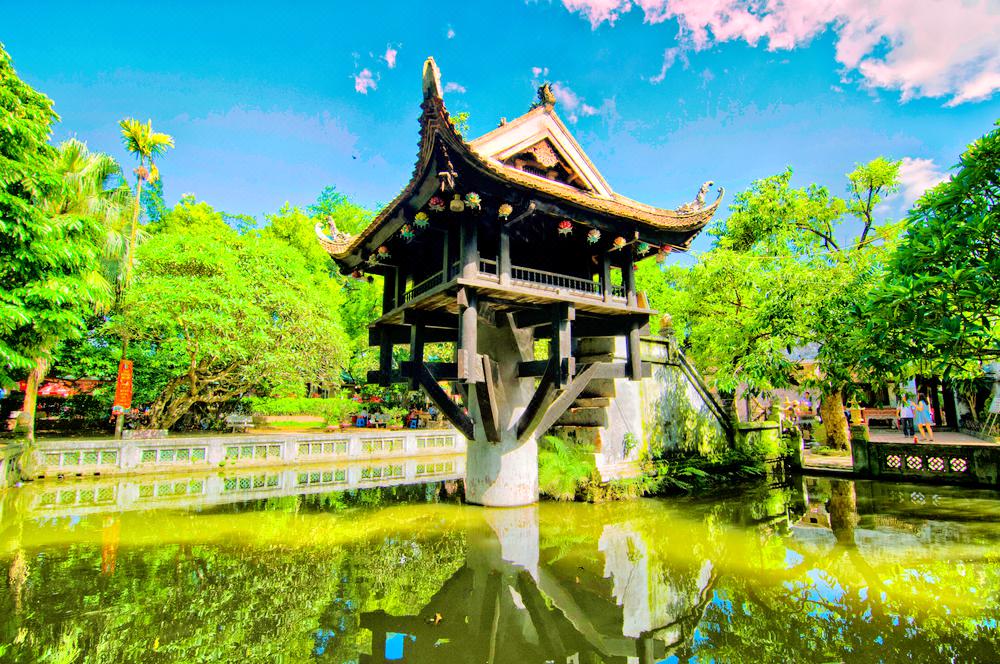
The One Pillar Pagoda
Hanoi has long been famed for its rich culture and history. The magnetic combination between timeless values and modern changes makes this city a truly unique capital. Among several symbolic monuments that shape the city’s charm, the One Pillar Pagoda is definitely an exclusive destination, which should always be on your bucket-list as you make your way to Hanoi. One Pillar Pagoda (officially known as Dien Huu Pagoda), is named after its extraordinary architecture: The whole construction is built on a single pillar, which is planted in the middle of a lotus pond. The attraction is located in Ba Dinh District, which is very walkable to Ho Chi Minh Complex, including Ba Dinh Square, Ho Chi Minh Mausoleum, and Ho Chi Minh Museum. The One Pillar Pagoda is believed to exist since the Ly’s dynasty, marking a notable development of Buddhism in Vietnam. This monument is not only a famous tourist attraction but also a religious stop for local pilgrims.
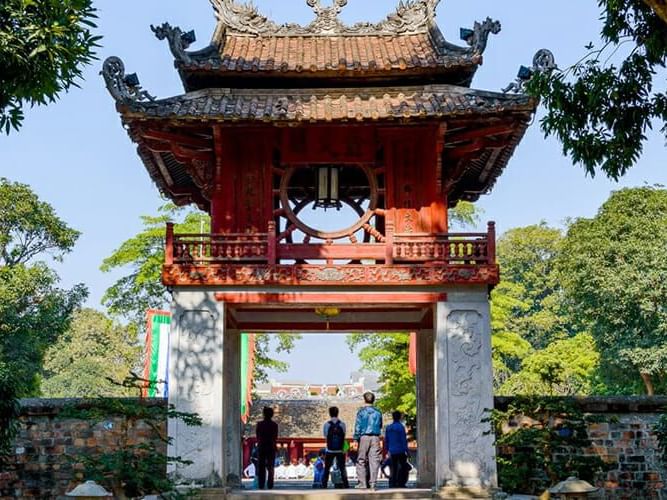
The Temple of Literature
The Temple of Literature or Temple of Culture is a Temple of Confucious in Hanoi - hosting the Imperial Academy, Vietnam's first national university. The temple was built in 1070 at the time of Emperor. It is one of several temples in Vietnam which is dedicated to Confucious, sages and scholars. The temple is located to the south of the Thang Long Imperial Citadel. The various pavilions, halls, statues and stelae of doctors are places where offering ceremonies, study sessions and the strict exams of the Dai Viet took place.